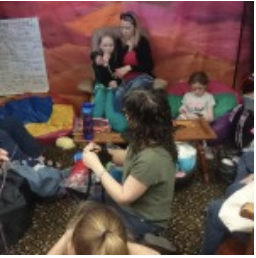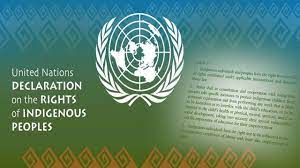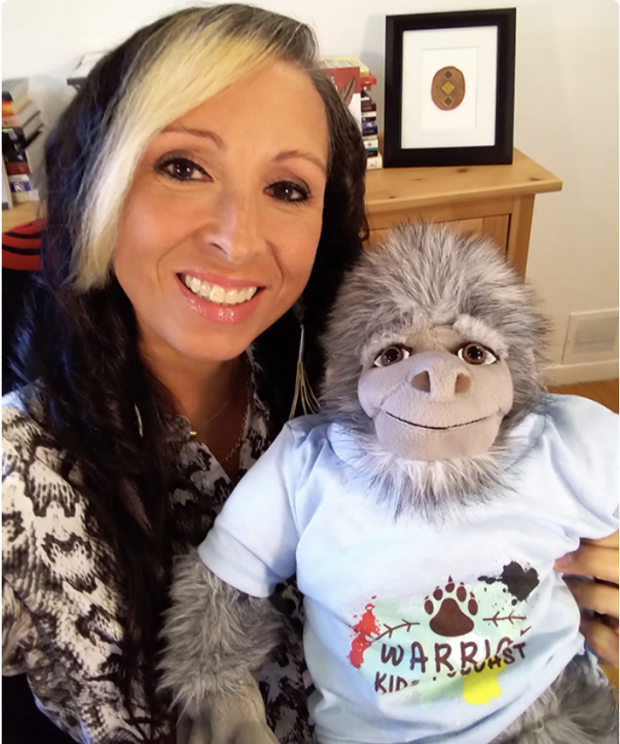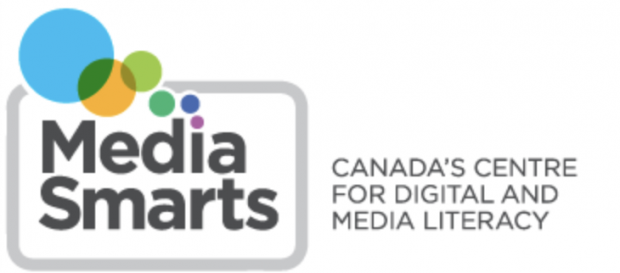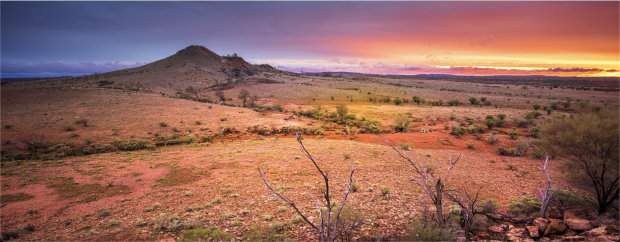Language Loss
This article highlights the current state of languages within some Indigenous groups in the land some call Canada. This points to a lot of our discussion in module 1 and carries into module 2 as well; when we talk about overseers and the centralization of information and the technological culture. As technology becomes more and more ubiquitous we see people taking up laptops, and other forms of communication and participating in the language of technology, which is primarily a westernized cultural view. While forms of technology have served Arootook Mi’kmaq people well in some instances, in many others, often not spoken about or acknowledged, technology may have served as a limiting force on groups of people and their culture. Might we use technology to support oral literacy in Indigenous languages in order to stave off extinction?

